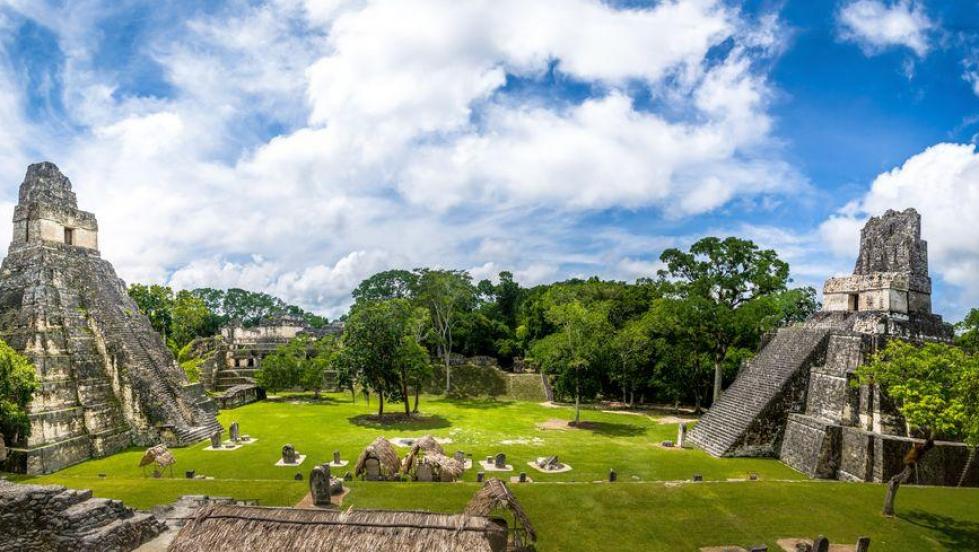About Guatemala
Guatemala, a Central American country south of Mexico, is home to volcanoes, rainforests and ancient Mayan sites. The capital, Guatemala City, features the stately National Palace of Culture and the National Museum of Archaeology and Ethnology. Antigua, west of the capital, contains preserved Spanish colonial buildings. Lake Atitlán, formed in a massive volcanic crater, is surrounded by coffee fields and villages. The territory of modern Guatemala once formed the core of the Maya civilization, which extended across Mesoamerica. Most of the country was conquered by the Spanish in the 16th century, becoming part of the viceroyalty of New Spain. Guatemala attained independence in 1821 as part of the Federal Republic of Central America, which dissolved in 1841. Guatemala is mountainous with small patches of desert and sand dunes, all hilly valleys, except for the south coast and the vast northern lowlands of Petén department. Two mountain chains enter Guatemala from west to east, dividing Guatemala into three major regions: the highlands, where the mountains are located; the Pacific coast, south of the mountains and the Petén region, north of the mountains. In its territory there are fascinating Maya archaeological sites (Tikal in the Peten, Quiriguá in Izabal, Iximche in Tecpan Chimaltenango and Guatemala City). As natural beauty destinations is Lake Atitlan and Semuc Champey. As historical tourism is the colonial city of Antigua Guatemala, which is recognized by UNESCO Cultural Heritage. There is a strong interest of the international community for archaeological sites like the city of Tikal was built and inhabited in a period where the culture had its greatest literary and artistic expression, was ruled by a dynasty of 16 kings, the Maya of Tikal built many temples, a ball park, altars and stelae in high and low relief.
